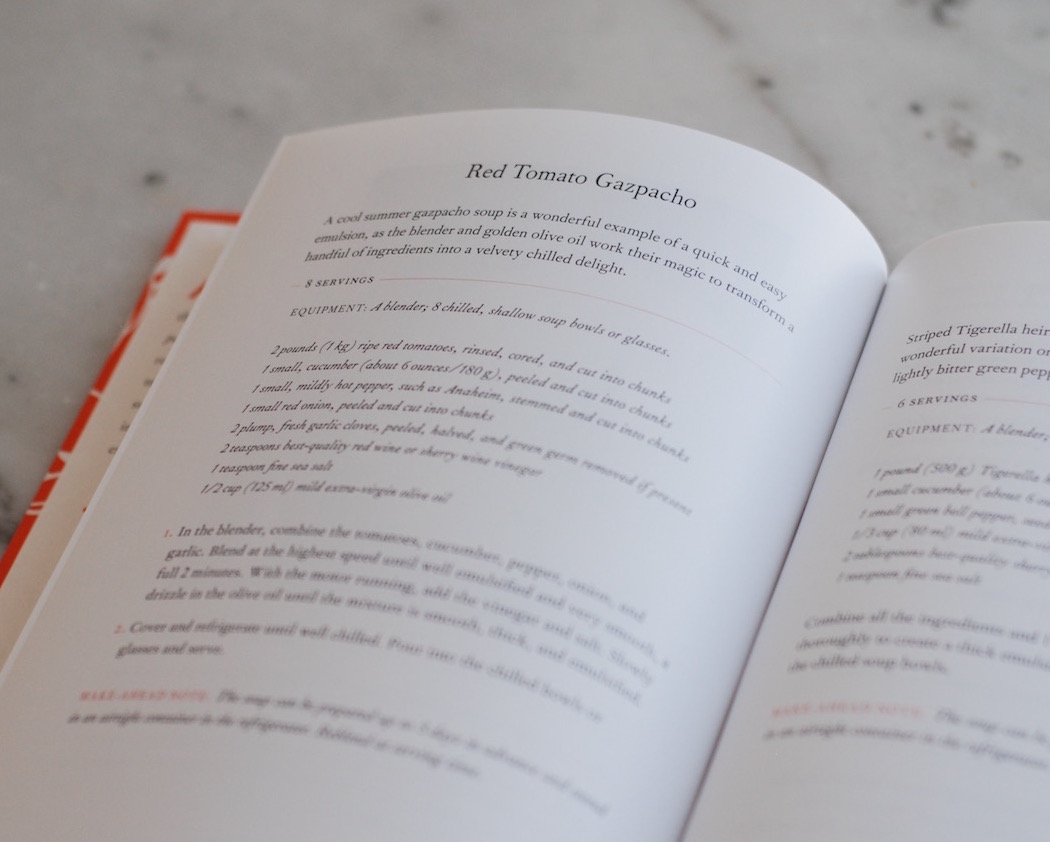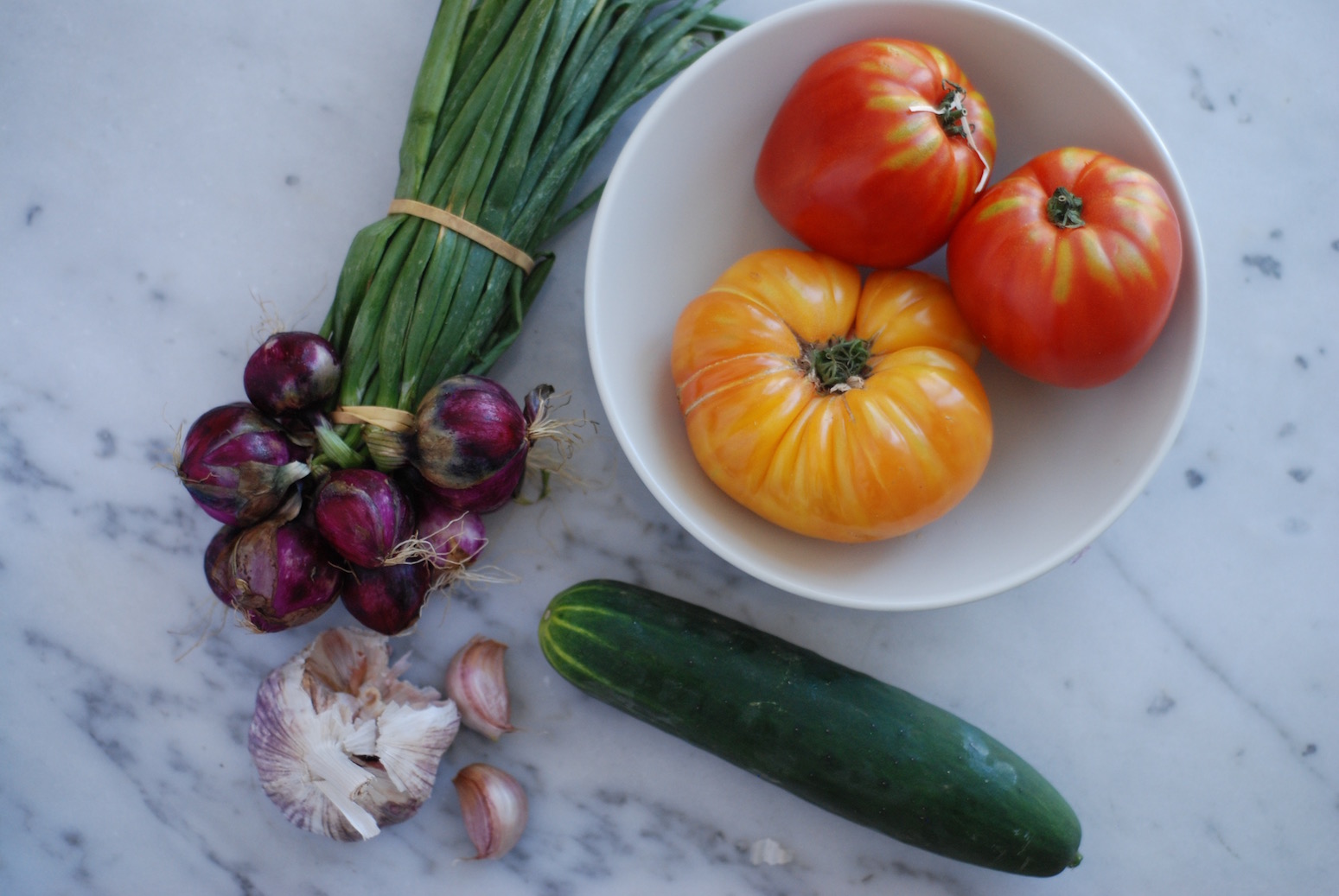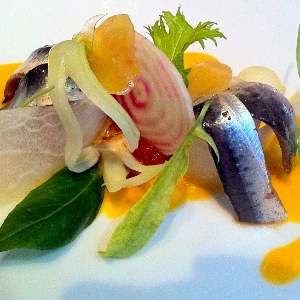I never like to say there is the perfect restaurant when it comes to dining out in Paris. So much comes into play when chosing where to eat – season, weather, who you're dining with, the kind of mood you're in, your budget. But I do have a list of favorite places which I find myself going back to again and again, because I always come away feeling inspired and like it has been time and money worth spent. Here are a few must-try addresses that currently top my list, for all budgets and moods. I'll be updating this list from time to time, here on my website.
Restaurants
Bistrot Paul Bert: Classic French Bistro
This here is the quintessential Parisian bistrot that remains completely authentic and honest despite its wild popularity.
18 rue Paul Bert | Paris 11 | +33 1 43 72 24 01 | Metro: Faidherbe-Chaligny or Rue des Boulets | Open Tuesday - Saturday. Closed Sunday, Monday and August.
Le Servan: Casual Modern Bistro
Casual Parisian bistro dining at its best – Le Servan has a great neighborhood vibe, the food is simple but interesting, the ingredients impeccably fresh, and the price very reasonable.
32 rue Saint-Maur | Paris 11 | +33 1 55 28 51 82 | Metro: Saint-Ambroise, Rue Saint-Maur or Père Lachaise | Open Monday dinner-Friday. Closed Saturday, Sunday and Monday lunch.
Le Severo: Classic bistro
A carnivore's dream – owner William Bernet, a former butcher, really knows his meat and even has his own aging cellar beneath the restaurant. Don't go near this place if you are a vegetarian.
8 rue des Plantes | Paris 14 | +33 1 45 40 40 91 | Metro: Alésia or Mouton-Duvernet | Open Monday-Friday. Closed Saturday and Sunday.
This has all the elements of great dining in the capital: bright contemporary decor, sincere attentive service, and sophisticated, signature fare.
12 rue Messageries | Paris 10 | +33 1 42 46 22 64 | Metro: Possionnière | Open for lunch Tuesday - Friday, dinner Tuesday - Saturday. Closed Saturday lunch, Sunday, Monday and public holidays.
Akihior Horikoshi, worked in the kitchen of 3 Michelin starred L'Amboisie, before opening his own fish and seafood restaurant. The influence of this pedigree is clear and his seductive cuisine is always elegant and worthy of the effort it takes to secure a table at this post stamp-sized restaurant.
49 rue Vaneau | Paris 7 | +33 1 45 44 43 48 | Metro: Vaneau or François-Xavier | Open Tuesday-Saturday. Closed Sunday and Monday
I never get tired of dining on chef William Ledeuil's creative, inspiring cuisine, based on traditional French training, injected with a modern international flare and a love for Asian ingredients.
4 rue des Grands Augustins | Paris 6 | +33 1 44 32 00 32 | Metro: Saint-Michel or Pont Neuf | Open Monday-Saturday. Closed Saturday lunch and Sunday.
Astrance: Modern French | Haute Cuisine
A magician in the kitchen, Pascal Barbot never fails to inspire me with his ethereal nuanced dishes. His 70€ week day lunch menu is one of the best buys in the city.
4 rue Beethoven | Paris 16 | +33 1 40 50 84 40 | Metro: Passy | Open Tuesday - Friday. Closed Saturday, Sunday and Monday
Always at the forefront of innovation, Joël Robuchon in my opinion is the best chef cooking today. I am always happy to sample whatever Chef Axel in his Saint-Germain atelier suggests.
5 rue Montalembert | Paris 7 | +33 1 42 22 56 56 | Metro: Rue du Bac | Open daily 11:30am-3:30pm and 6:30pm-midnight
Shops
Truly one of the finest chocolate makers in France. Not to be missed for chocolate lovers.
133 rue de Turenne | Paris 3 | +33 1 45 77 29 01 | Metro: République or Filles-du-Calvaire | Open Tuesday - Sunday 11am-7pm, Saturday 11am-8pm. Closed Monday and August.
27 rue de Varenne | Paris 7 | +33 1 53 71 72 21 | Metro: Rue du Bac, Sèvres Babylone or Varenne | Open Tuesday - Saturday 10.30am-7pm. Closed Sunday and Monday.
Owner Juan Sanchez has a rare palate, and carefully sources his selection of largely organic and biodynamic wines from small independent wine makers. For those curious to learn more Juan holds regular tastings at the shop.
6 rue Bourbon le Château | Paris 6 | +33 1 43 29 11 62 | Metro: Saint-Germain des Près, Mabillon or Odéon | Open Daily: Sunday 11am-7pm, Monday 3-8pm, Tuesday-Friday 1:30am-1:30pm and 3-8pm, Saturday 10:30am-8pm
Marie Quatrehomme was one of the first women to be awarded the Meilleur Ouvrier de France title, and her dedication to quality shines through in her well-tended shop, one of the finest in France. Whether you know a lot or a little about cheese, her shop is always educational.
62 rue de Sèvres | Paris 7 | +33 1 47 34 33 45 | Metro: Vaneau or Duroc | Open Tuesday - Thursday 8.45am-1pm and 4-7.45pm, Friday and Saturday 8.45am-7.45pm. Closed Sunday and Monday.
Known for their country sourdough loaves, to my mind and palate, they make the best bread there is. My Paris cooking class includes a visit to the wonderful, flour-dusted underground cellar to watch the famous loaves being kneaded, shaped and then baked in the ancient wood burning oven.
8 rue du Cherche-Midi | Paris 6 | Metro: Sèvres-Babylone or Saint-Sulpice } Open Monday - Saturday 7.15am-8.15pm. Closed Sunday.
Market
Marché President Wilson: Roving market
This is the market I bring my students to. It is the market that Parisians will cross town for.
avenue Président Wilson, between rue Debrousse and place d'Iéna | Paris 16 | Metro Alma-Marceau or Iéna | Open Wednesday and Saturday 8:30am-1pm
For the complete reviews of these addresses and for other recommendations, get The Food Lover's Guide to Paris 5th edition book or the App for the iPhone (also works on the iPad).










